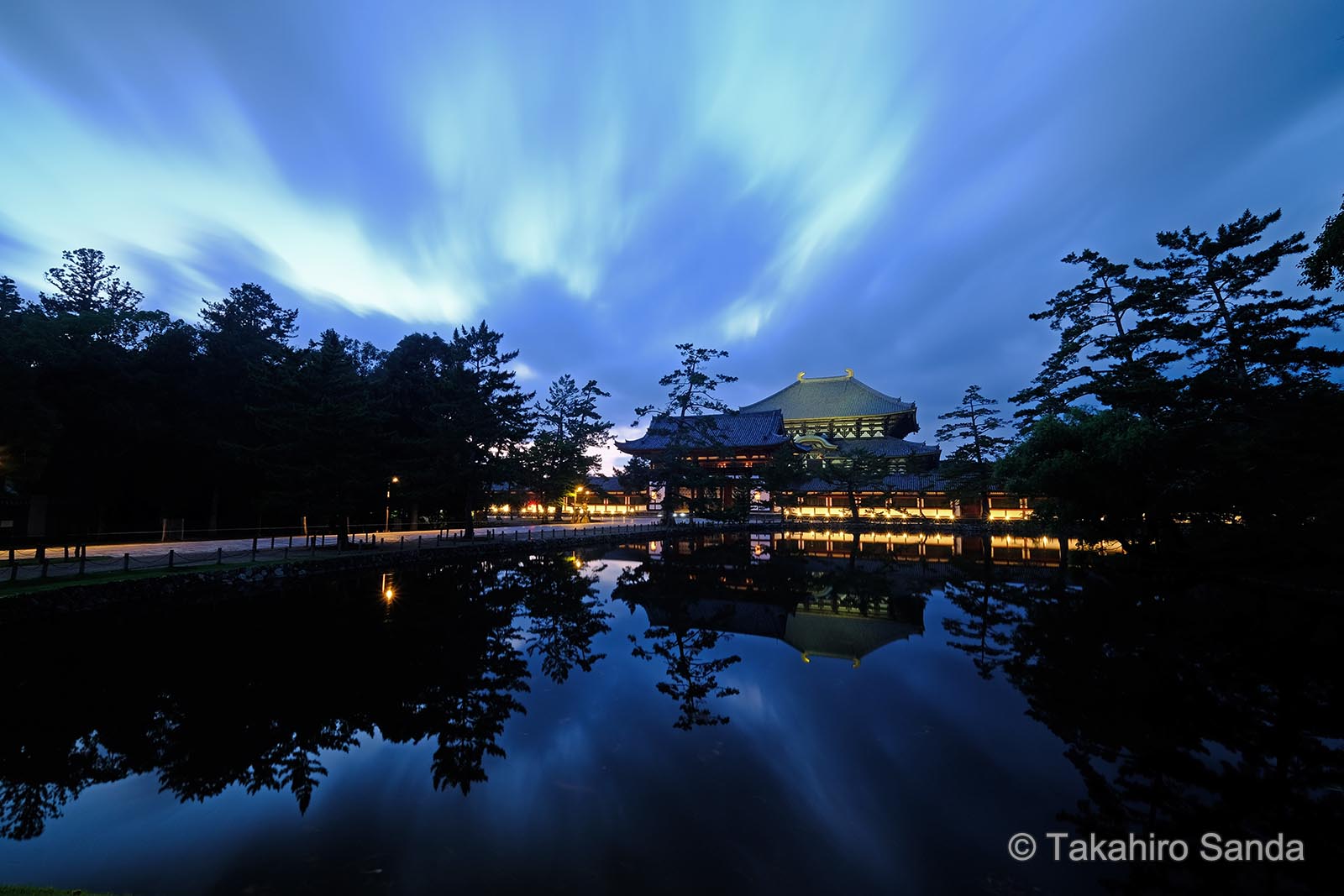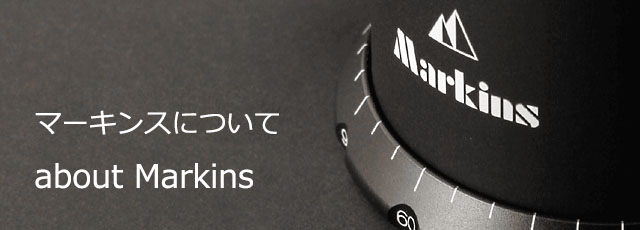三田崇博 | 自由雲台
テーマ
世界遺産・風景
撮影者
旅写真家 三田崇博
撮影日付
2020年6-8月
撮影場所
奈良県
撮影機材
マーキンス
FUJIFILM
X-T4
X-T3
XF10-24mmF4 R OIS
XF16-80mmF4 R OIS WR
XF100-400mmF4.5-5.6 R LM OIS WR
XF18-55mmF2.8-4 R LM OIS
XC50-230mmF4.5-6.7 OIS II
X-T3
XF10-24mmF4 R OIS
XF16-80mmF4 R OIS WR
XF100-400mmF4.5-5.6 R LM OIS WR
XF18-55mmF2.8-4 R LM OIS
XC50-230mmF4.5-6.7 OIS II
ジッツオ
GT1550T トラベラー
PeakDesign
TT-CB-5-150-AL-1 トラベル トライポッド アルミニウム
レビュー

三田崇博 (さんだたかひろ)
ウェブサイト: photosanda.com
Instagram: @taka_sanda
YouTubeチャンネル: TAKAHIRO SANDA
1975年奈良県生まれ。世界遺産撮影をライフワークとし現在までに100 を超える国と地域で350ヶ所以上の世界遺産の撮影を行い各種雑誌やカレンダーに作品を提供している。定期的に全国各地で開催している写真展は100回を超える。近年はミャンマーの撮影にも力を注いでいる。主な著書に「世界三十六景(2016年)」「生駒の火祭り(2014年)」がある。
公益社団法人 日本写真家協会(JPS)会員
FUJIFILM X-Photographers
アカデミーX講師
FUJIFILM X-Photographers
アカデミーX講師
- 写真展(個展) -
2008年
「ヨーロッパ・アジア・日本の遺産」
入江泰吉奈良市写真美術館
2009年
「世界遺産写真展~エジプト・ヨーロッパ編」 鎌倉芸術館
2010年
「生命の大地アフリカ」 大阪府立近つ飛鳥博物館
2011年
「心の旅で感じる世界遺産」 横浜相鉄ギャラリー
2012年
「軌跡~アジアからアフリカへ」 札幌山の手ギャラリー
2013年
「ラテンアメリカの遺産」 愛媛県生涯学習センター
2014年
「世界の湖と日本の湖」 滋賀県立琵琶湖博物館
2015年
「暁~世界の夜明け」
京都府立けいはんな記念公園ギャラリー月の庭
2016年
「世界三十六景」 富士フイルムフォトサロン東京・大阪
2016年
「MYANMAR TIME」 オリンパスギャラリー東京・大阪
2017年
「四季奈良」 Running Horse Lantern,香港
2018年
「トキナーレンズで撮る世界遺産」
ケンコートキナーサービスセンター
2018年
「Earth Color FURANO × WORLD」
北海道フラノ寶亭留
2019年
「平成の世界遺産」 アルカスSASEBO
2020年
「絹道遺産~Silk Road and the World Heritage~」
富士フイルムイメージングプラザ東京
富士フイルムイメージングプラザ東京
ウェブサイト: photosanda.com
Instagram: @taka_sanda
YouTubeチャンネル: TAKAHIRO SANDA
旅と三脚
私は海外での撮影が多くいかに荷物の重量を減らすかを常に考えています。カメラやレンズはここ数年ミラーレスに移行してかなり軽量コンパクトになりましたが、三脚は重い方が安定すると言われているためなかなか軽量化できずにいました。
ただ近年よく移動に使うようになったLCC(格安の航空会社)は機内持ち込みの重量やサイズ制限も厳しくなってきており、小型軽量のトラベル三脚を使うようになりました。
いろいろなメーカーのものを試しましたが、小型化するために犠牲になるのが雲台。しっかり構図を決めて撮影するには大型の雲台がいいのですが、トラベル用三脚についているものはほとんどが小型の自由雲台で微調整や縦位置撮影時の安定性などに不安を感じていました。
ただ近年よく移動に使うようになったLCC(格安の航空会社)は機内持ち込みの重量やサイズ制限も厳しくなってきており、小型軽量のトラベル三脚を使うようになりました。
いろいろなメーカーのものを試しましたが、小型化するために犠牲になるのが雲台。しっかり構図を決めて撮影するには大型の雲台がいいのですが、トラベル用三脚についているものはほとんどが小型の自由雲台で微調整や縦位置撮影時の安定性などに不安を感じていました。
マーキンスとの出会い
知り合いの写真家から使いやすいと聞いていたマーキンスの自由雲台をCP+の会場で実際に拝見しましたが、旅に持っていくには少し大きいかなと感じていました。
お恥ずかしながら今年になってトラベラーモデルのあることを知り、Q3iTR-BKの導入を決めました。
トラベラーモデルはノブの出っ張りを狭め小型化したモデルで、旅のメインで使用しているジッツオ1型5段のトラベル三脚にQ3iTR-BKを装着してみると、脚を反転させて収納するときに少し幅が出るものの許容範囲内かと思いました。
また最近導入したピークデザインのトラベル三脚に装着すると、とてもスイリッシュなデザインの三脚に変身しましたので、この組み合わせも今後の旅で活躍してくれると思います。人気の赤色も良かったのですが三脚の色との一体感を考えてブラックを選びました。
お恥ずかしながら今年になってトラベラーモデルのあることを知り、Q3iTR-BKの導入を決めました。
トラベラーモデルはノブの出っ張りを狭め小型化したモデルで、旅のメインで使用しているジッツオ1型5段のトラベル三脚にQ3iTR-BKを装着してみると、脚を反転させて収納するときに少し幅が出るものの許容範囲内かと思いました。
また最近導入したピークデザインのトラベル三脚に装着すると、とてもスイリッシュなデザインの三脚に変身しましたので、この組み合わせも今後の旅で活躍してくれると思います。人気の赤色も良かったのですが三脚の色との一体感を考えてブラックを選びました。


実際に使ってみて
マーキンスの雲台は一番小型のQ3iシリーズでも30kgと、かなりの耐荷重をもっています。カタログ表記の数字が実際の使用状況と異なるということもよくある話ですが、マーキンスの耐荷重基準は、センターボルトから5㎝離れた位置で支持できる重量で計測されており、より実際の状況を反映しているところもポイントです。
もちろん30kgのカメラを載せるということはないですが、カメラに100mm~400mmの望遠ズームレンズを装着した状態でも当然難なく使用することができます。
やはり対荷重ギリギリよりも余裕があると安心感が格段に違います。これまで使用していた雲台はかなり強い力で固くなるまでノブをまわしていましたが、マーキンスは少しの力でしっかり固定することができるのに驚きました。この感覚は今まで使ってきた雲台にはなかったものでした。些細なことと思われるかもしれませんが固定されているかどうかというストレスから解放されました。
もちろん30kgのカメラを載せるということはないですが、カメラに100mm~400mmの望遠ズームレンズを装着した状態でも当然難なく使用することができます。
やはり対荷重ギリギリよりも余裕があると安心感が格段に違います。これまで使用していた雲台はかなり強い力で固くなるまでノブをまわしていましたが、マーキンスは少しの力でしっかり固定することができるのに驚きました。この感覚は今まで使ってきた雲台にはなかったものでした。些細なことと思われるかもしれませんが固定されているかどうかというストレスから解放されました。

プレートは、X-T3用に汎用L-プレート PV-80+LV-170、望遠レンズ三脚座用にPL-55を使っています。
Lプレートは瞬時に縦位置に切り替えができるので重宝しています。今年導入のX-T4はバリアングル液晶になり、カメラ本体の左側に液晶画面が出るため、サブプレートを外して使用しています。
必然的に縦位置撮影時はボールヘッドを90度傾けることになるのですが、しっかりと固定できるので助かっています。
Lプレートは瞬時に縦位置に切り替えができるので重宝しています。今年導入のX-T4はバリアングル液晶になり、カメラ本体の左側に液晶画面が出るため、サブプレートを外して使用しています。
必然的に縦位置撮影時はボールヘッドを90度傾けることになるのですが、しっかりと固定できるので助かっています。
撮影作例について
本来であれば海外に持っていきたかったのですが、導入後すぐに新型コロナウイルスの影響により、海外はもとより県外でさえも撮影に行きづらい状況になってしまいました。
幸いにして僕の住む奈良県には3ヶ所もの世界遺産があり(実は日本で一番世界遺産が多い都道府県なのです)、6月から7月にかけて早朝と夕方を中心に何度も通いました。
いつもはなるべく遠くにまだ見ぬ被写体を求めて旅することが多いのですが、今回はあらためて地元を見つめなおす良い機会になったと思います。
いつの日か海外での使用レポートもできればと思っています。
幸いにして僕の住む奈良県には3ヶ所もの世界遺産があり(実は日本で一番世界遺産が多い都道府県なのです)、6月から7月にかけて早朝と夕方を中心に何度も通いました。
いつもはなるべく遠くにまだ見ぬ被写体を求めて旅することが多いのですが、今回はあらためて地元を見つめなおす良い機会になったと思います。
いつの日か海外での使用レポートもできればと思っています。

■ 吉野山上千本より望む金峯山寺
(世界遺産「紀伊山地の霊場と参詣道」にて)
X-T4 / XF100-400mmF4.5-5.6 R LM OIS WR
1/38秒 F11 ISO160

今年は梅雨期間が長く毎日雨が続きました。桜で有名な吉野山上千本より雨上がりの日の早朝、霧の立ち込める光景を狙いました。足場が安定しない場所での100-400mmの望遠レンズでの撮影ですがしっかりと止まってくれました。
■ 法起寺夕景
(世界遺産「法隆寺地域の仏教建造物」にて)
X-T4 / XF10-24mmF4 R OIS
1/10秒 F10 ISO160

三重塔の前に広がる田園の田植えの終わった直後の映りこみを狙いました。曇り空で夕日は見えませんでした。諦めて帰りかけていたところ突然空が赤く染まり、急いで撮影ポイントに戻りました。機材全体がコンパクトだったのですぐに対応することができました。
■ 東大寺大仏殿ライトアップ
(世界遺産「古都奈良の文化財」にて)
X-T4 / XF10-24mmF4 R OIS
120秒 F11 ISO160 NDフィルター使用

毎年夏の時期に行われるライトアップ。120秒という長時間露光での撮影だったので普通なら大型の三脚と雲台を使うところですがジッツオの三脚+Q3iTR-BKの組み合わせで全く問題ありませんでした。
■ 大池より望む薬師寺
(世界遺産「古都奈良の文化財」にて)
X-T4 / XF16-80mmF4 R OIS WR
1/8秒 F11 ISO160

期間中一番よく撮影に通った場所です。梅雨が明けてからは用事のない日はほぼ毎日行きましたが、ちょうどこのレポートを書く前日の早朝にいい朝焼けに恵まれました。有名な撮影地でカメラマンも多いですが、最近マーキンスの雲台を使用している方をよく見かけます。







